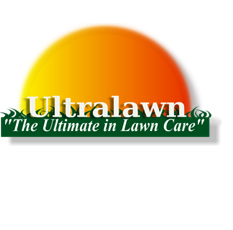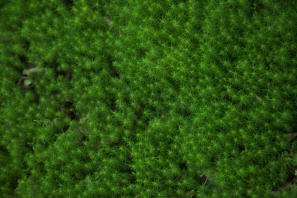
Moss



Ultralawn Incorporated
1055 East 260th Street
Euclid, OH 44132
216.731.7756
440.951.3738
Office hours Monday-Friday 9-3 call today with any questions

Many lawns contain moss and/or algae. Moss is often found growing in shady spots in acidic, infertile, poorly-
drained soils. Although moss doesn’t directly damage lawn grasses, it
does compete for space and, over time, can dominate sections of a
lawn.
About
Mosses are small green plants that have a mass of fine stems and
shallow roots. Generally, moss cannot invade a vigorous, healthy lawn.
Any attempts to control moss will be only temporary unless the basic
conditions (shade, poor drainage, acidic soil) that allowed moss to grow have been corrected.
Some homeowners discover that mosses make a very attractive, maintenance-free ground cover in the areas
they are well adapted for.
Control
If you want to control moss on your lawn, try some of these suggestions:
•
Maintain good soil fertility and pH values that favor dense, vigorous turf growth. Have the soil tested to
determine lime and fertilizer needs. Liming alone isn’t recommended as a short-term control measure.
•
Physically remove small patches of moss with a flat edge shovel.
•
Improve drainage. If necessary, correct wet conditions using tile drainage.
•
Increase light penetration and air circulation. Trim low-branched trees for better light penetration and air
movement. You may find it necessary to remove the least desirable trees.
•
Use a shade-tolerant grass, such as fine-leaf fescues. However, if direct sunlight doesn’t reach the ground
during the day, plant a ground cover instead of grass.
•
Cultivate compacted soils. Reduce compaction by having your lawn aerated.
•
Avoid excessive irrigation. Shaded areas, where moss usually predominates, require less watering than
sunny locations.



















